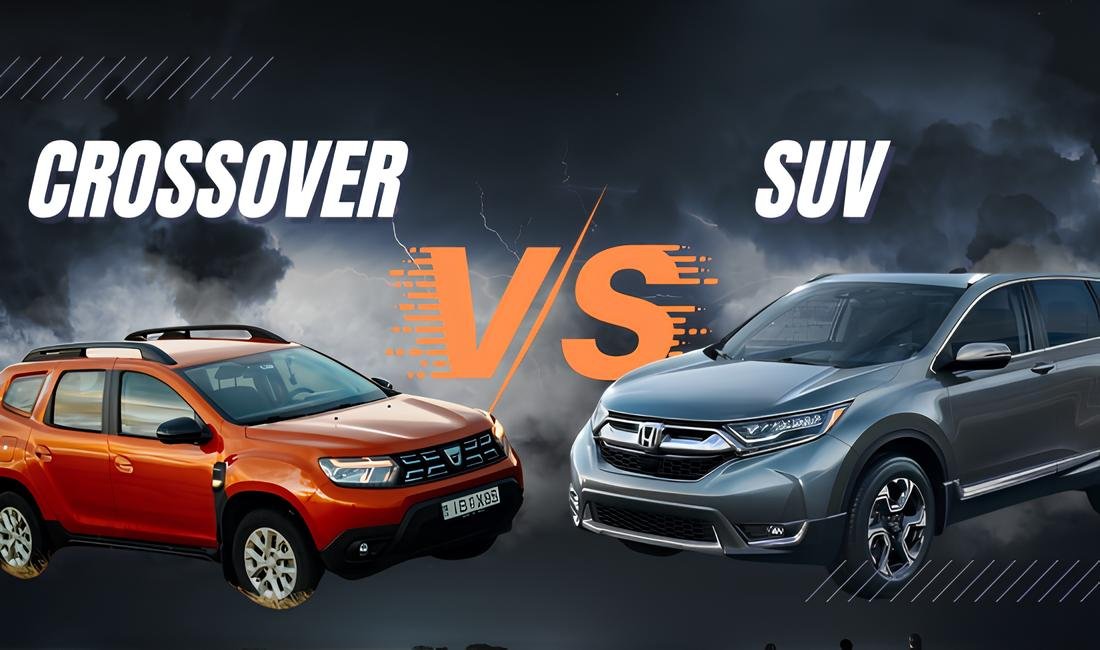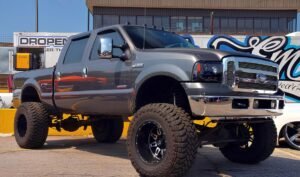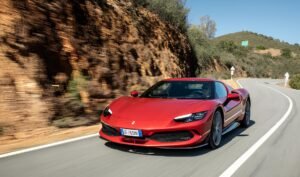I know what zeal off-roading experience brings- the vision to peak unpaved surfaces, mud, soil, riverbeds, gravels, and rocks on natural terrain where you can experience anything, anytime.
Off-roading is all about sinking yourself into the beauty of nature, overcoming obstacles, and exploring diverse landscapes.
If you are about to get your shoes wet off-roading this year, select the best vehicle for this experience. Vehicles play a pivotal role in this life-long escapade. SUVs and crossover utility vehicles compete in this unannounced competition of off-road vehicles. People are keen to know which one is one step ahead and why.
As a long-time off-road adventurer, my two cents on the best choice out of two is under the belt. Before we lane on it, let’s get it what type of vehicles they are and how they are distinguishable from one another.
What is a Crossover?
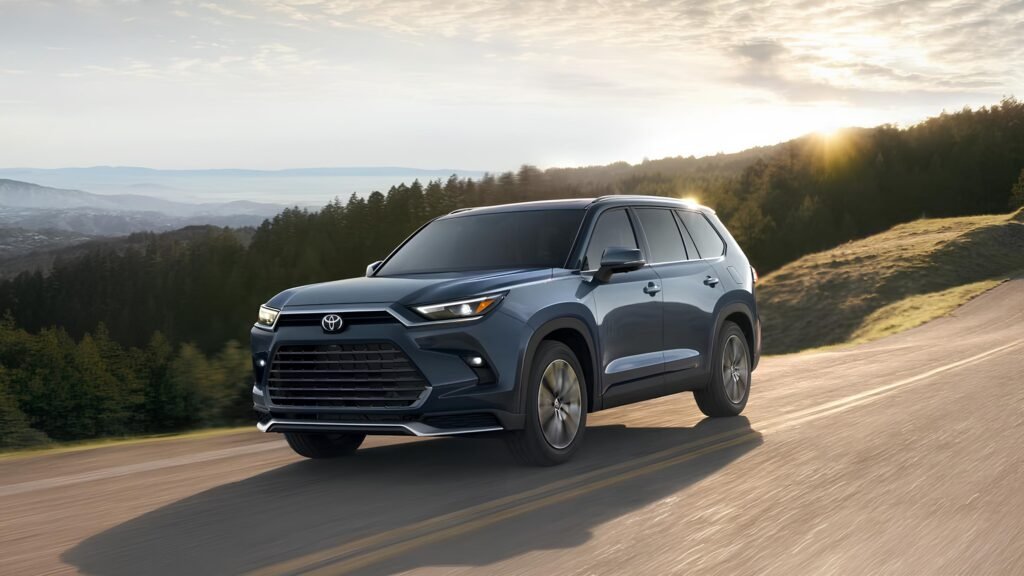
A Hybrid Utility Vehicle is a vehicle that is a combination of SUVs and customary car components. Moreover, it is named CUV, crossover SUV, or crossover. It is one of the adaptable vehicles for smooth rides with comfortable seats and compact trunks.
Crossovers are built on a unibody structure to give a smooth driving experience. A unibody structure is one in which the frame and body- are collected on the same structure.
The compact dimensions of the crossover are the trademark that helps it in tight parking and navigate through the city’s streets. They feature improved handling, better fuel effectiveness, and low-ground clearance that help them get in and out of the road.
Honda CR, Volvo XC-40, Genesis GV70, Kia EV6, Mazda CX-50, Chevrolet Trax, and Porsche Macan are among the most recent crossovers running on the roads of the USA.
What is an SUV?
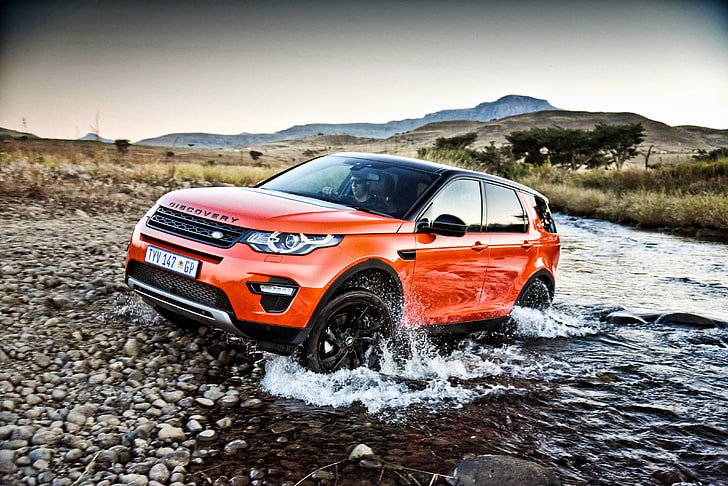
A Sports Utility Vehicle is a car with the characteristics of a truck, such as a secured cargo region, the towing capacity of a lightweight pickup truck, all-wheel-drive, and more ground approval. SUVs are mainly popular among off-road adventurists due to their rugged body and ground clearance.
An SUV is a car that can have a body-on-frame and unibody structure built to combine the truck characteristics with the passenger carrying capacity.
Mercedes Benz G Class, Jeep Wrangler, Jeep Grand Cherokee, Land Rover Discovery, Land Rover Defender, Land Rover Range Rover, Subaru Crosstrek Wilderness, Toyota Sequoia, Chevrolet Tahoe, and Rivian R1S with Quad-Motor are among the top-rated SUVs across the globe.
You May Also Read: Best Used Hybrid SUVs Under $30K
Crossover vs SUV: Major Differences
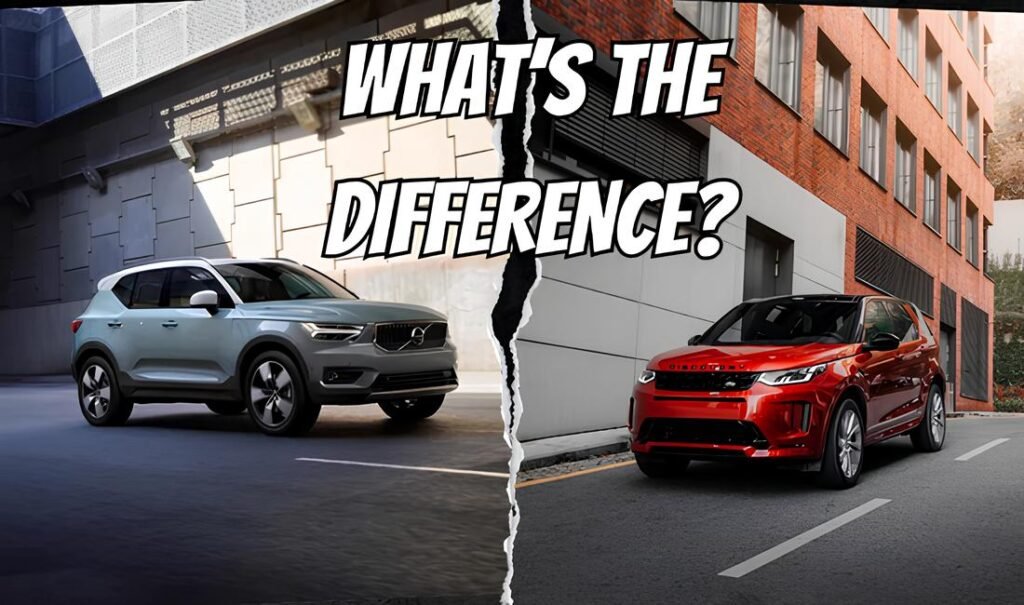
Crossovers and SUVs have particular features that make them a perfect choice for somebody with specific needs and necessities. But there are still major differences that you should be aware of, especially when you’re choosing for off-road adventures. Let’s learn about the features that make one the reliable option for buyers.
Body Frame: Crossover vs SUV
Crossovers have one body frame called a unibody frame. These vehicle bodies incorporate structural frames and floorboards on a single frame. That results in lighter vehicles with rigid platforms and improved handling.
The unibody frame might seem like a new idea but it is not. It dates back to the early 20th century. Lancia invented it in the 1920s, and about 67% of all the vehicles sold in 2021 were on unbody frames.
In contrast to the crossovers, SUVs have body-on-frame construction. In this frame construction, the body and frame are built separately. Once done, the body is assembled on the rigid vehicle chassis. The steering, suspension, and brakes are then arranged one after another on the powertrain.
This design helps the vehicle tow or venture off-road and haul maximum weight due to its frame strength and much heavier body. An SUV is a better option than a crossover as far as the body frame is concerned.
Also Read: Best Toyota SUV Models
Safety Features: Crossover vs SUV
Safety is the prime concern for anyone looking for an off-road vehicle. When we compare the SUV and crossover, both are safe due to integrated safety features and secure body frames. The safety features depend on the manufacturer’s brand and the model year.
However, most SUVs and crossovers have lane assistance systems, adaptive cruise control, collision avoidance systems, and blind spot monitoring.
So, when we compare the two as far as safety is concerned, both are safe. There is no clear winner, you can opt for any vehicle for an off-road experience.
Price: Crossover vs SUV
Car price can be an additional feature but not a determining factor for an off-road adventure. Off-road car enthusiast often has a big budget to fulfill their dreams.
Crossovers have unibody frames and compact sizes, so the price for this vehicle is much lower. SUVs have a frame-on-body structure with a full-sized compact and the vehicle price is higher.
The Toyota Highlander which is among the latest crossovers costs around $50,00. While the Lexus LX which is an SUV’ starting price is $86,000.
In the price race, cross-over beats the SUV as they are more economical and less expensive.
Vehicle Size: Crossover vs SUV
Size can be a deciding attribute when finalizing the better off-road option. Crossover size ranges from subcompact to full size and is called small-sized SUVs and compact SUVs. Such vehicles are known as B-segment, C-segment, supermini, or mini-vehicles.
These compact SUVs have a cargo capacity of 280- 800 liters with a truck size of 10 to 30 cubic feet.
SUVs range from mid-size to full-size and can accommodate 7-8 people in the car with 2-row arrangments in the back seats. The latest full-size SUV has a cargo capacity of 95 cubic feet with a cargo capacity of thousands of liters.
The large and full-size attribute makes SUVs best for off-road experience.
Crossover or SUV? Which One is Better
In the automotive world, choosing the right vehicle based on your adventure is all you need. You can’t go to the cramped parking with an SUV in an urban area, the same way you can’t go to the rough terrain and exciting adventures with a crossover.
Experience can be different when you choose the best vehicle. SUVs and crossovers are all-terrain vehicles and can be off-road vehicles with or without modifications.
Generally, an SUV is much better for an off-road experience on rough terrain. Lifting crossover chassis can be a reliable option to make it an off-road vehicle- however, the lightweight and unibody can be a constraint.
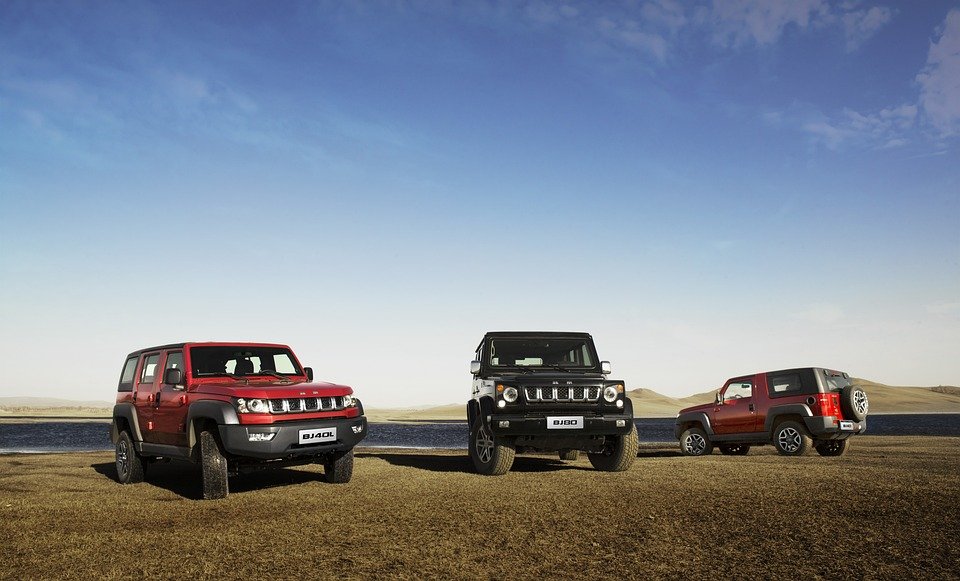
Final Words
We have discussed versatile features, similarities, key differences, off-road experience, towing capabilities, and integrated technologies in crossovers and SUVs to help you make an informed decision.
It’s not about the crossover vs SUV. It’s about understanding the differences between these versatile cars- it is crucial when researching an off-road vehicle that can handle rough terrains like a breeze.
SUVs are ideal for off-road experiences where you need a powerful vehicle with a frame-on-body structure, commanding experience, high hauling, and ample interior capacity. In contrast, crossovers shine in urban environments where you need a versatile, fast-moving, smooth-driving experience with improved fuel efficiency.
Make an informed decision based on your adventure type and what you plan to do on these rough, muddy, and rocky terrains.

